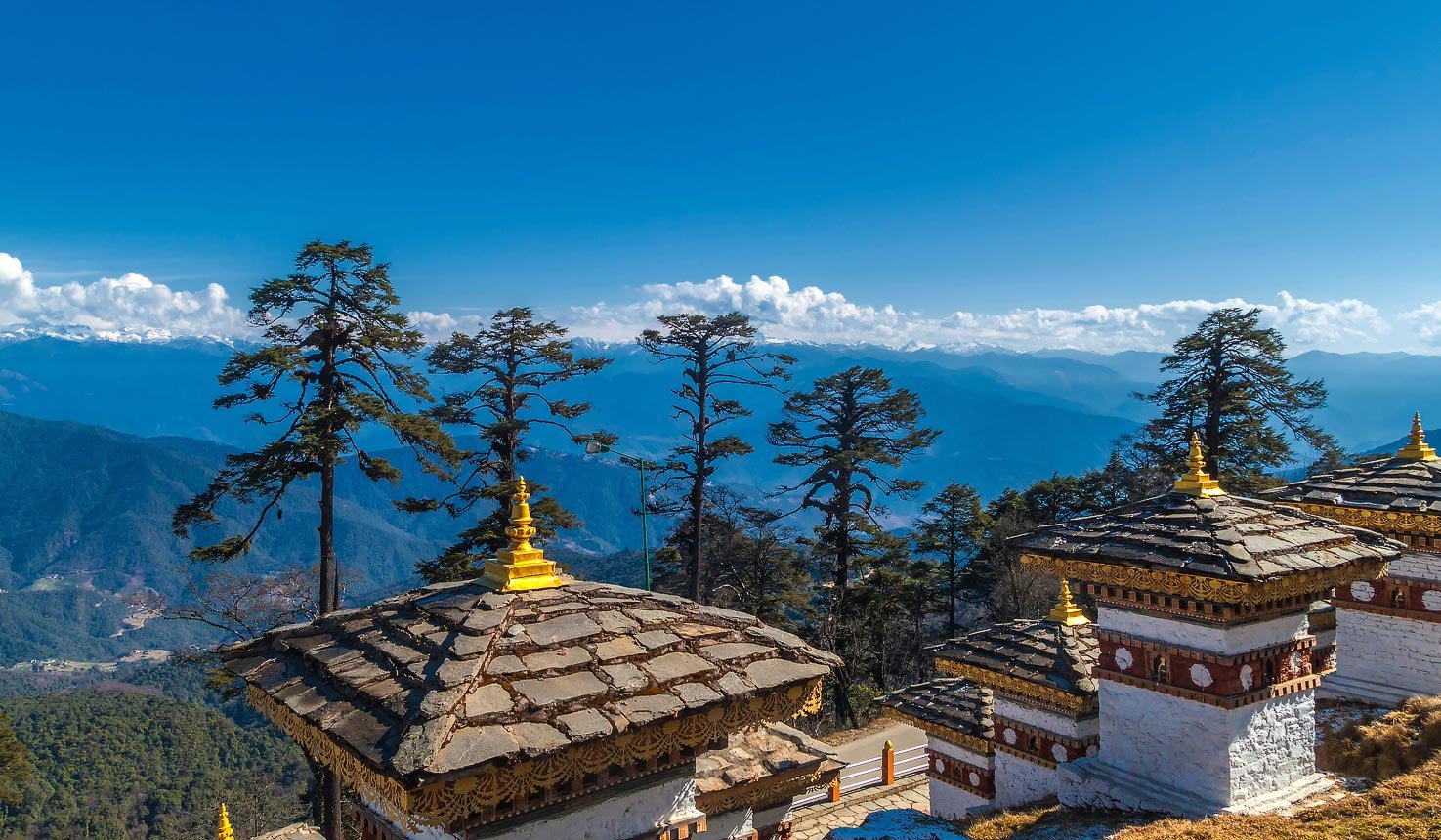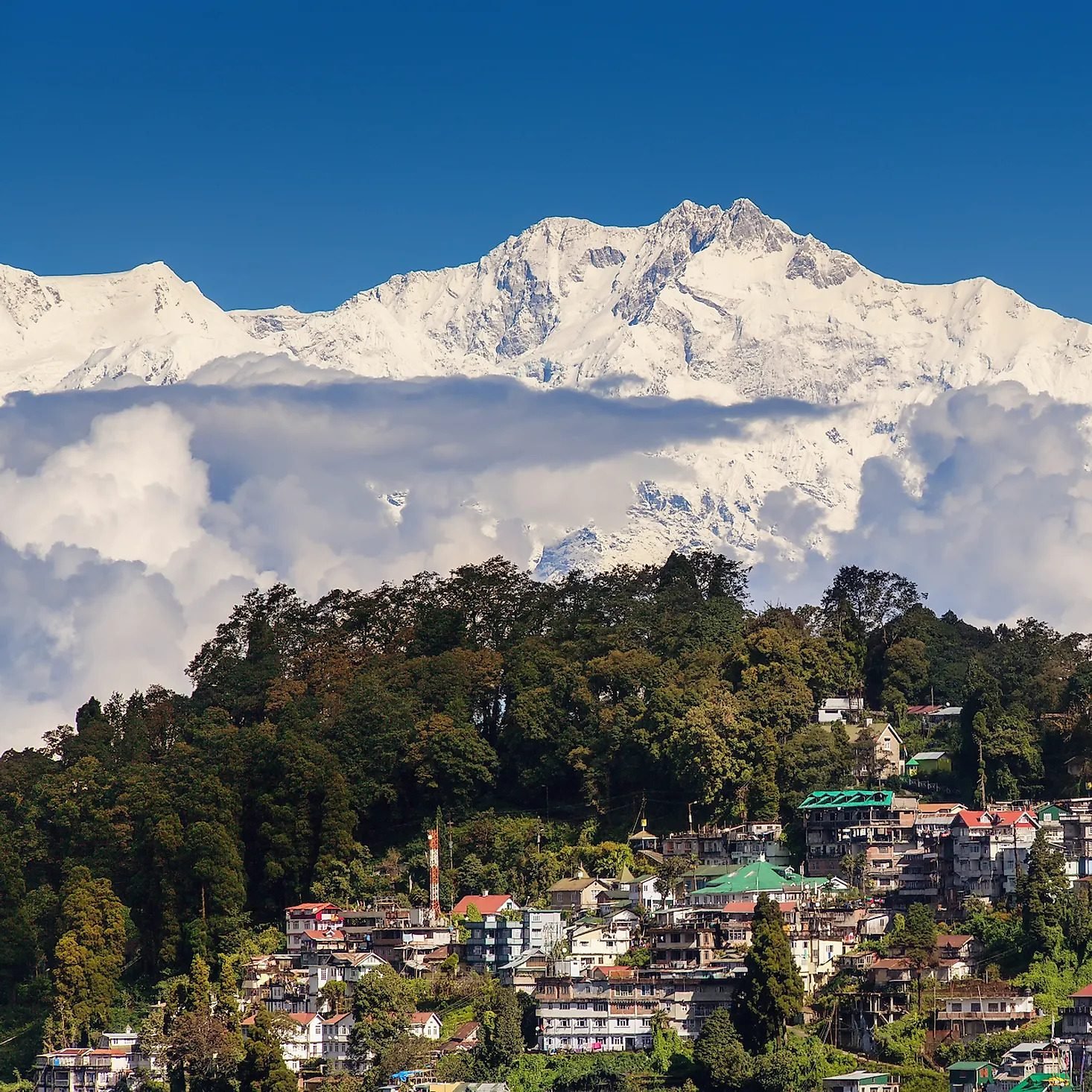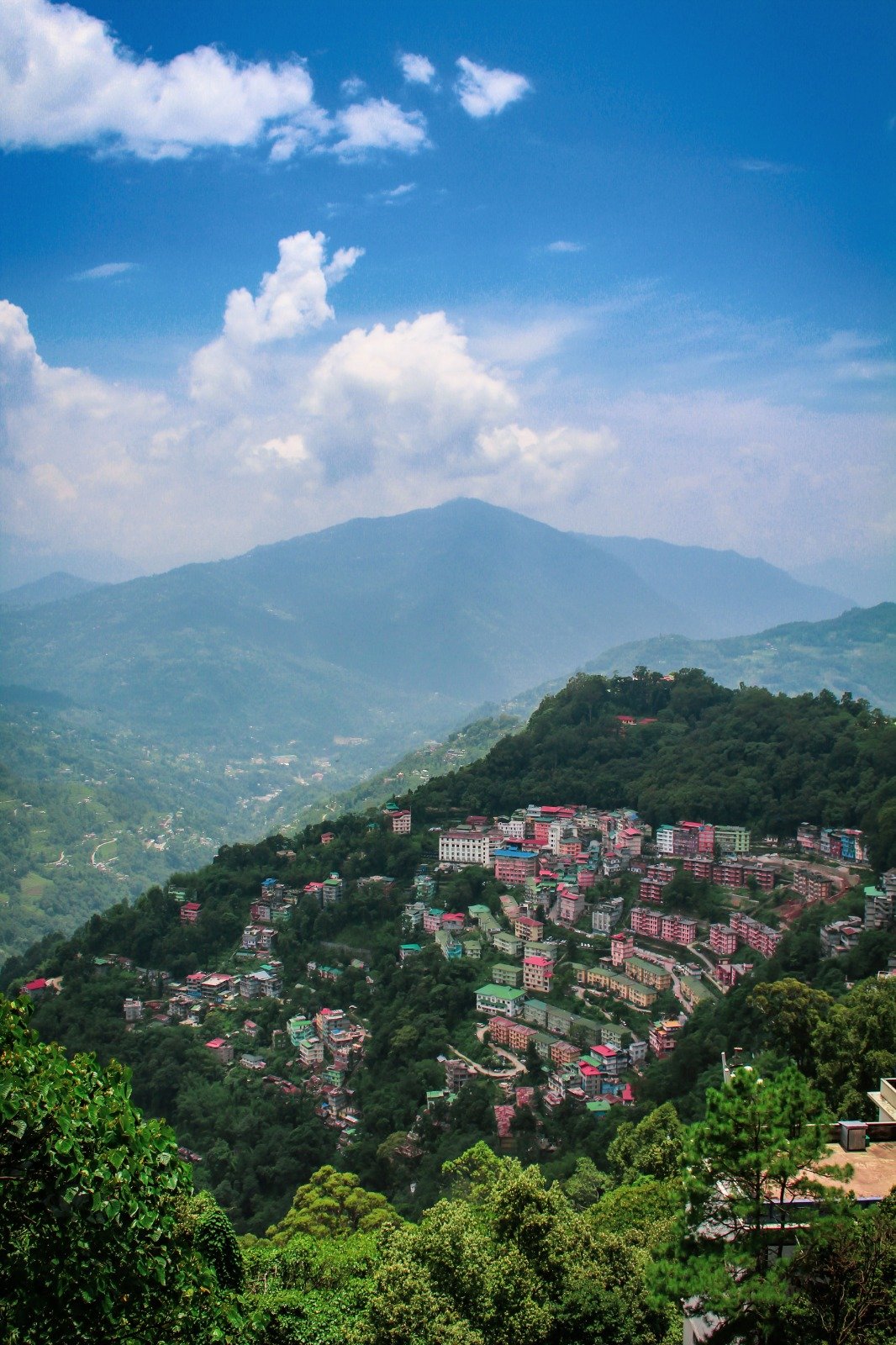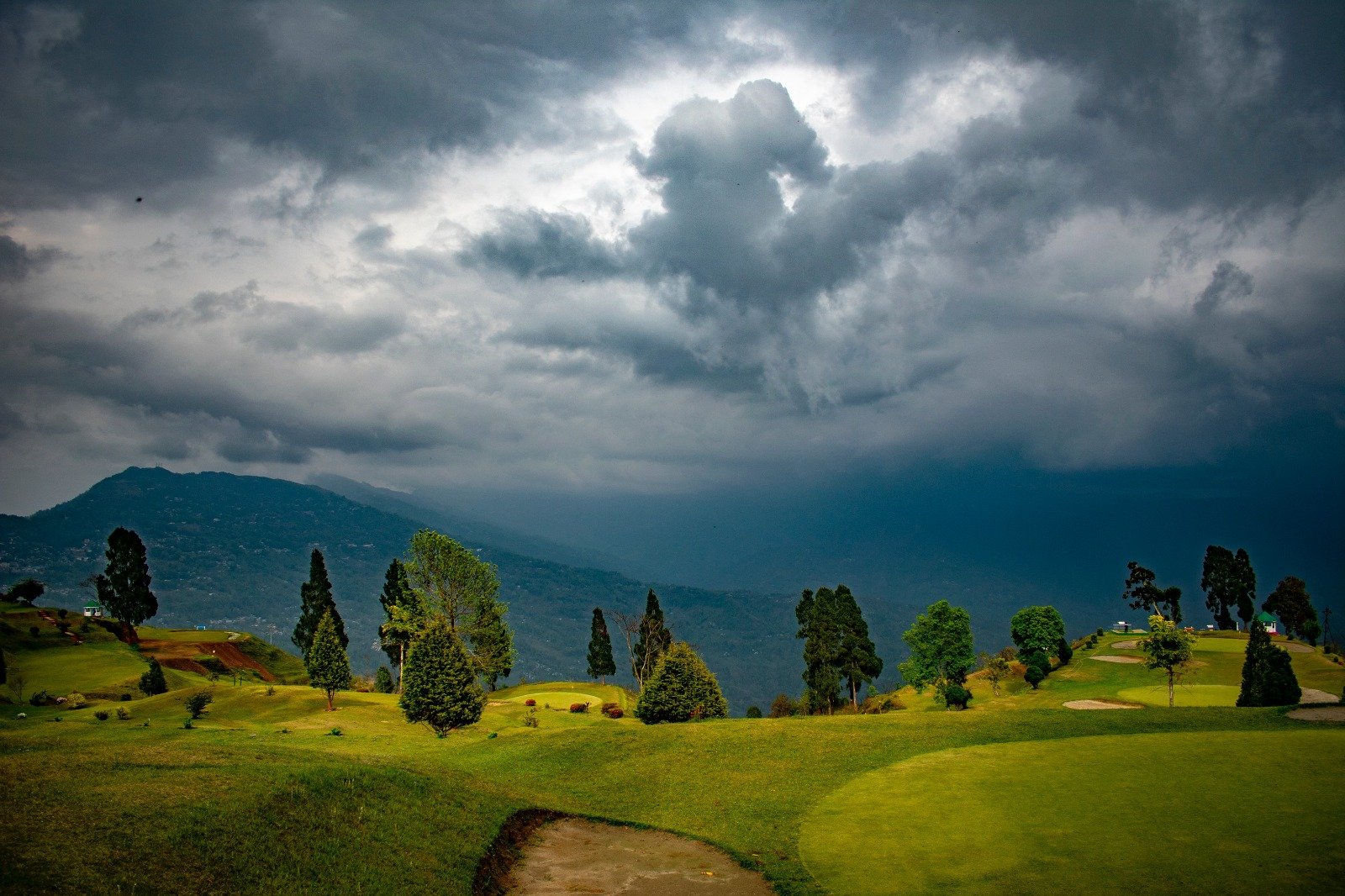Vast and rugged, the modern state of Maharashtra is the third largest in India and one of the most visited by foreign tourists, though most people venture no further than its seething port capital, Mumbai. As soon as you leave the seemingly endless concrete housing projects, industrial works and swamplands of Mumbai, you enter a different world with a different history. Undoubtedly, Maharashtra’s greatest treasures are its extraordinary cave temples and monasteries; the finest of all are found near Aurangabad, renamed after the Mughal emperor Aurangzeb and home to the Bibi-ka-Maqbara, dedicated to his wife. The busy commercial city is the obvious base for visits to the Buddhist caves at Ajanta, with their fabulous and still-vibrant murals, and the monolithic temples of Ellora, where the astonishing Hindu Kailash temple was carved in its entirety from one single rock.
PLACES TO VISIT IN THIS REGION
Despite Maharashtra’s early importance as a centre of Buddhism, Hinduism is very much at the core of the life in the state. Balancing modern industry alongside ancient associations with the Ramayana, the main pilgrimage centre has always been Nasik, a handy place to break journeys en route to Aurangabad. One of the four locations of the Kumbh Mela, the city is always a hive of devotional activity, and lies close to one of India’s most sacred Shiva shrines, reached from the village of Trimbak. In the state’s far northeastern corner, the city of Nagpur lies close to Sevagram, where Mahatma Gandhi set up his headquarters during the struggle for Independence.
Away from the cities, one of the most characteristic features of the landscape is a plenitude of forts. Rising abruptly a short distance inland from the sea, the Sahyadri Hills – part of the Western Ghats – form a series of huge steps that march up from the narrow coastal strip to the edge of the Deccan plateau. These flat-topped hills could easily be converted into forts where small forces could withstand protracted sieges by large armies. Today, visitors can scale such windswept fortified heights at Pratapgadh and Daulatabad.
During the nineteenth century, the mountains found another use. When the summer proved too much for the British in Bombay, they sought refuge in nearby hill stations, the most popular of which, Mahabaleshwar, now caters for droves of domestic tourists. Matheran, 800m higher, has a special attraction: a rickety miniature train. South of Matheran, a further series of magnificent rock-cut caves clustered around another town, Lonavala, provides the main incentive to break the journey to the modern, cosmopolitan city of Pune, famous for its Osho resort founded by the New Age guru Bhagwan Rajneesh, but most appealing for its atmospheric old town and burgeoning restaurant and bar scene.
To the west, Maharashtra occupies 500km of the Konkan coast on the Arabian Sea, from Gujarat to Goa. The little-explored palm-fringed coast winds back and forth with countless inlets, ridges and valleys; highlights include Murud-Janjira, whose extraordinary fortress was the only one never conquered by the Mughals, and Ganpatipule, the region’s chief pilgrimage centre, with kilometres of virtually deserted, palm-fringed beaches. By the time you reach Kolhapur, the main town in the far south of the state, famous for its temple and palace, Mumbai feels a world away.
Brief history of Maharashtra
Maharashtra enters recorded history in the second century BC, with the construction of its first Buddhist caves. These lay in peaceful places of great natural beauty, and were created with the wealth generated by the nearby caravan trade routes between north and south India.
The region’s first Hindu rulers – based in Badami, Karnataka – appeared during the sixth century, and Buddhism was almost entirely supplanted by the twelfth century. Hinduism, in the form of the simple faith of Ramdas, the “Servant of Rama”, provided the philosophical underpinning behind the campaigns of the Maharashtra’s greatest warrior, Shivaji (1627–80), who remains a potent symbol for Maharashtrans. The fiercely independent Maratha chieftain united local forces to place insurmountable obstacles in the way of any prospective invader; so effective were their guerrilla tactics that he could even take on the mighty Mughals, who by 1633 had got as far as capturing Daulatabad. By the time he died, in 1680, he had managed to unite the Marathas into a stable and secure state, funded by the plunder gleaned through guerrilla raids as far afield as Andhra Pradesh. In response, Mughal Emperor Aurangzeb moved his court and capital south to the Deccan, first to Bijapur (now Vijayapura) in 1686 and then Golconda in 1687, but still failed to subdue Shivaji’s dynasty. Yet by the end of the eighteenth century the power of both had weakened and the British were able to take full control.
Maharashtra claims a crucial role in the development of a nationalist consciousness. The Indian National Union, originally convened in Pune, held a conference in Bombay in 1885; thereafter it was known as the Indian National Congress. This loose congregation of key local figures from around the country changed the face of Indian politics. At first, its aim was limited to establishing a national platform to raise the status of Indians, and it remained loyal to the British. In the long term, of course, it was instrumental in the achievement of Independence 62 years later, with many of the Congress’s factional leaders over the years hailing from Maharashtra.
With Independence, the Bombay Presidency, to which most of Maharashtra belonged, became known as Bombay State. Maharashtra as such was created in 1960 from the state’s Marathi-speaking regions. Its manufacturing industries, centred on Mumbai and to a lesser extent cities such as Nagpur, Nasik, Aurangabad, Sholapur and Kolhapur, now account for around fifteen percent of the nation’s output. Textiles have long been important – the Deccan soils supplied the world with cotton in the nineteenth century after its main source was interrupted by the American Civil War – but this is now also one of the premier high-tech industry regions, especially along the Mumbai–Pune corridor. Still, the majority of Maharashtra’s population of more than 114 million are still engaged in agriculture.
Best time to visit Maharashtra
The best time to visit Maharashtra is the October–February period, when it is typically hot and dry (though the eastern side of the state may get a few showers). Temperatures ramp up from March to May, when it can get uncomfortable, and thunderstorms are not uncommon. The monsoon generally hits in June and lasts till September, with July the wettest month; most hotels in the hill station of Matheran close during this period. It is also well worth trying to coincide your visit with one of the state’s many festivals.
Festivals in Maharashtra
- Makar Sankranti (Jan)Marks the end of Dakshinayana (the southward movement of the sun) and the start of Uttarayan (the northward movement of the sun; kite-flying, bathing in sacred rivers and/or with sesame oil, lighting oil lamps to honour ancestors, and exchanging sesame sweets all feature in the festivities.
- Ratha Saptami (Jan)This festival heralds the start of spring and the harvest, when offerings are made to the sun god, Surya.
- Gudhi Padwa (usually March)Hindu celebration marking the start of the new year, the day Brahma created the universe. People raise a bright green or yellow flag outside households and kick off festivities by eating a paste made from neem leaves and jaggery.
- Narali Purnima/Raksha Bandhan (Aug)The “coconut festival” marks the end of the monsoon, and heralds the start of the fishing season – it is celebrated enthusiastically by communities on the Konkan coast.
- Ganesh Chaturthi (Aug/Sept)Dedicated to one of Hinduism’s most popular deities, this ten-day festival finishes with a procession and the immersion of large Ganesh effigies into rivers, water tanks or the sea.
- Marabats and Badgyas (Aug/Sept)Celebrated with particular fervour in Nagpur, where effigies personifying evils such as corruption and bribery are taken on a procession and then burned.
- Navarata (Sept/Oct)The “Nine nights” festival dedicated to the worship of Shakti, the mother goddess, and by extension the importance of women generally. A Maharashtran characteristic of the festival is bondhla, folk dances performed by girls each evening.
- Tripuri Purnima (Nov)The most important Shiva festival after Shivrati, Tripuri Purnima marks the god’s victory over the demon Tripurasura. Celebrations include ritual bathing, and in places such as Nasik lit candles are floated on the Godavari River.
Nasik
Lying at the head of the main pass through the Western Ghats, the fast-developing city of Nasik (or Nashik) makes an interesting stopover en route to or from Mumbai, 187km southwest. It is one of the four sites of the world’s largest religious gathering, the Kumbh Mela, most recently hosting it in 2015 (it won’t return until 2027). Even outside festival times, the ghat-lined banks of the River Godavari are always animated. According to the Ramayana, Nasik was where Rama (Vishnu in human form), his brother Lakshmana and wife Sita lived during their exile from Ayodhya, and the arch-demon Ravana carried off Sita from here in an aerial chariot to his kingdom, Lanka, in the far south. The scene of such episodes forms the core of the busy pilgrimage circuit – a lively enclave packed with religious specialists, beggars, sadhus and street vendors touting puja paraphernalia.
However, Nasik has a surprising dearth of historical buildings and its only real monuments are the rock-cut caves at nearby Pandav Lena. Excavated at the peak of Buddhist achievement on the Deccan, these 2000-year-old cells hark back to the days when, as capital of the powerful Satavahana dynasty, Nasik dominated the all-important trade routes linking the Ganges plains with the ports to the west.
Somewhat in contrast to its religious importance, Nasik is also the centre of Maharashtra’s burgeoning wine region.
Trimbak
Crouched in the shadow of the Western Ghats, 28km west of Nasik, the village of Trimbak – literally “Three-Eyed”, another name for Lord Shiva, in Marathi – marks the spot where one of the four infamous drops of immortality-giving amrita nectar fell to earth from the kumbh vessel during the struggle between Vishnu’s vehicle Garuda and the Demons – the mythological origin of the Kumbh Mela. Among India’s most sacred Shiva centres (it houses one of the twelve holiest Shiva temples, known as jyotirlingas), the Trimbakeshwar Mandir, in the centre of the village, is closed to non-Hindus. Its impressive eighteenth-century shikhara, however, can be glimpsed from the backstreets nearby.
Trimbak is also close to the source of one of India’s longest and most venerated rivers, the Godavari; the spring can be reached via an ancient trail that cuts through a cleft in an awesome, guano-splashed cliff face. The round trip to Brahmagiri, the source of the Godavari, takes between two and three hours. It’s a strenuous walk, particularly in the heat, so take enough water.
Going doolally
In the days of the Raj, soldiers who cracked under the stresses and strains of military life in British India were packed off to recuperate at a psychiatric hospital in the small Maharashtran cantonment town of Deolali, near Nasik. Its name became synonymous with madness and nervous breakdown; hence the English phrase “to go doolally”.
India’s wine capital
With its temperate winters, rich soil and gently undulating landscape, Nasik’s arid and dusty hinterland has over the past two decades proved itself to be – incongruously enough – ideal for growing wine grapes, and the city has firmly established itself at the centre of India’s fast-expanding wine industry. Note that Maharashtra has eleven “dry days” when it is illegal to sell alcohol; check the Sula website for dates.
Lonar
Few visitors reach the crater at Lonar but those who do find this meteorite-formed lake an amazing and tranquil place. Referred to as “Taratirth” in a Hindu legend that correctly claimed it was created by a shooting star, the gigantic hole in the ground was formed about 50,000 years ago when a lump of space rock survived its fiery descent through the atmosphere to bury itself here. As the only such crater formed in basalt rock in the world, the site is not just a geological curiosity but also highly valuable to scientists – NASA has made extensive studies due to its apparent similarity to some lunar and Martian landscapes – though many of the lake’s mysteries, such as the extreme alkalinity of its thick, sulphurous water, continue to baffle.
Numerous steep paths lead down to the lake from the rim, the principal one starting around 500m from the MTDC Holiday Resort and emerging in the basin near a twelfth-century temple dedicated to Shiva. A complete circuit of the lake, surrounded by forest and home to a rich array of birdlife, takes around three hours.
Jalgaon
Straddling an important junction on the Central and Western Railway networks, as well as the main trans-Deccan trunk road, NH-6, Jalgaon is a prosperous market town for the region’s cotton and banana growers, and a key jumping-off point for travellers heading to or from the Ajanta caves, 58km south. Even though the town holds nothing of interest, you may find yourself obliged to hole up here to be well placed for a morning departure.
The Konkan coast
Despite the recent appearance of a string of resorts aimed at wealthy urbanites, the coast stretching south from Mumbai, known as the Konkan, remains relatively unspoilt. Empty beaches, backed by casuarina and areca trees and coconut plantations, regularly slip in and out of view, framed by the distant Western Ghats, while little fortified towns preserve a distinct coastal culture, with its own dialect of Marathi and fiery cuisine. The number of rivers and estuaries slicing the coast meant that for years this little-explored area was difficult to navigate, but the Konkan railway, which winds inland between Mumbai and Kerala via Goa, now renders it more easily accessible; proposals for a seaplane service from Mumbai have rumbled on for years – check the latest with the MTDC.
Murud-Janjira
The first interesting place to break the journey south is the small port of Murud-Janira, 165km south of Mumbai. A traditional trade centre that once belonged to a dynasty of former Abyssinian slaves known as the Siddis, it still has plenty of attractive wooden houses, some brightly painted and fronted by pillared verandas. The gently shelving beach is wide and generally safe for swimming, though the sea is more inviting further south or north. Currents throughout the region, however, can be strong, and people have drowned here in recent years.
In Murud, the 1661 Kasa Fort sits in the open sea 2km off the beach but cannot be visited, nor can the impressive nineteenth-century palace of the last nawab, which dominates the northern end of the bay. Fine views of the coast and surrounding countryside can be had, however, from the hilltop Dattatreya Temple, sporting an Islamic-style tower but dedicated to the triple-headed deity comprising Brahma, Vishnu and Shiva. Just offshore some 5km south of Murud-Janjira stands the imposing sixteenth-century Janjira Fort, one of the few the Marathas failed to penetrate, and now a picture of majestic dereliction. The boat trip to the fort is a serene trip, and once there you’re given an hour so to explore the formidable battlements, though the interior lies mostly in ruins.
Ganpatipule
Some 215km south of Murud-Janjira lies Ganpatipule, a tiny village centred on a modern Ganapati temple. Approached via a long covered walkway, the temple is built around a Ganapati omnar, a naturally formed – though hardly accurate – image of the elephant god, which attracts thousands of Indian pilgrims each year. Much more impressive is Ganpatipule’s spectacular white-sand beach, which extends for several kilometres either side of the village. The sea is generally safe for swimming, though you should exercise caution between June and October, when currents can be particularly strong.
Matheran
The Raj-era hill station of Matheran, 108km east of Mumbai, is set on a narrow north–south ridge at an altitude of 800m in the Sahyadri Range. From evocatively named viewpoints, at the edge of sheer cliffs that plunge into deep ravines, you can see way across the hazy plains – on a good day, so they say, as far as Mumbai. The town itself, shrouded in thick mist for much of the year, has, for the moment, one unique attribute: cars, buses, motorbikes and auto-rickshaws are banned. That, added to the journey up, on a miniature train that chugs its way through spectacular scenery to the crest of the hill, gives the town an agreeably quaint, time-warped feel.
Kolhapur
Kolhapur, on the banks of the River Panchaganga 225km south of Pune, is thought to have been an important centre of the Tantric cult associated with Shakti worship since ancient times. The city probably grew around the sacred site of the present-day Mahalakshmi temple, still central to the life of the city, although there are said to be up to 250 other shrines in the area. Today it is a major industrial centre, but has retained enough Maharashtran character to make it worthy of a stopover.




